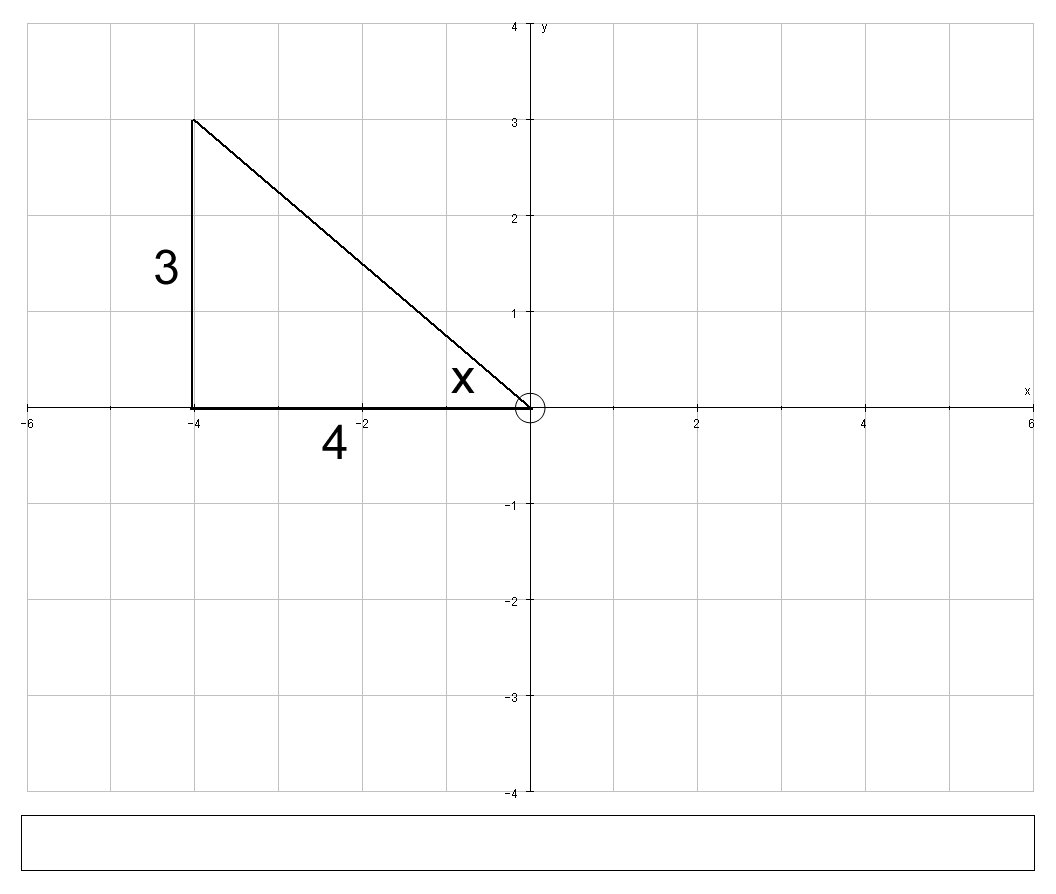Question #45241
1 Answer
Jan 17, 2018

Using pythagoras (and we should recognise this is a pythagorean triples), we have:
# "hypotenuse"^2 = 3^2 + 4^2 => "hypotenuse" = 5 #
From elementary trigonometry we have:
# sin x = "opposite"/"hypotenuse" = 3/5 #
# cos x = "adjacent"/"hypotenuse" = 4/5#
Using the sum of angles formula, we have:
# cos(A+B) -= cosAcosB-sinAsin B#
From which we get:
# cos2x -= cos^2x -sin^2x #
# \ \ \ \ \ \ \ \ \ = (4/5)^2 - (3/5)^2 #
# \ \ \ \ \ \ \ \ \ = 16/25 - 9/25 #
# \ \ \ \ \ \ \ \ \ = 7/25 \ \ \ \ # QED

